The E-Panzer Security solution for minimizing the financial implications from a security breach is twofold- the network security technique of micro segmentation and creating a formal incident response plan every six months. Let’s look at what we can do for you.
What is Micro-Segmentation?
Micro-segmentation is a network security protocol that enables the enforcement of access control policies at a granular level. This approach breaks an organization’s network into isolated chunks, providing higher visibility and control over network traffic and applications, reducing the risk of data breaches. Micro-segmentation is made possible by software-defined networking (SDN), which separates the network data and control planes, allowing for lightweight and adaptable implementation of micro-segmentation without the need for physical definitions.
By implementing micro-segmentation, organizations can eliminate unintentional and undesirable data flows between different workloads, enhancing control over network traffic and applications while reducing the risk of breaches. This technique aligns with a zero-trust security policy, where access to enterprise systems is limited to what is necessary after authentication, ensuring strict access control enforcement and reducing exploitability during attacks. With micro-segmentation, E-Panzer can help contain threats within compromised segments without impacting the rest of your network, thereby minimizing the financial implications of security breaches.
What is a formal incident response plan?
A formal incident response plan is crucial in minimizing the financial implications of a security breach. Incident response uses a strategic approach to detecting and managing cyberattacks to alleviate damage, and total costs. At E-Panzer we adhere to best practices for incident response including establishing a policy, building an incident response team, creating playbooks, developing a communication plan, and conducting regular testing and revisions of the plan. Incident response aims to identify, contain, and resolve cyberattacks and any problems they cause, helping organizations recover faster with less disruption and stronger security posture.
In addition to incident response plans, disaster recovery plans (DRP) are essential for organizations to quickly resume work after an unplanned incident like a security breach. A DRP involves more than just writing a document; it includes risk analysis, business impact analysis, recovery objectives, and strategies for responding to incidents. Disaster recovery plans are living documents that should involve employees at all levels and include a communication plan for internal and external crisis communication. By having both an incident response plan and a disaster recovery plan in place, organizations can effectively mitigate the financial implications of security breaches by minimizing downtime, reducing financial losses, and ensuring business continuity.
Furthermore, the E-Panzer incident response team will implement these plans effectively. We are responsible for collecting, preserving, and analyzing incident-related data, working with legal and communications experts to ensure legal obligations are met. By having a well-prepared incident response team and plan in place, organizations can minimize the chaos that follows a cyber attack or security breach, reducing downtime, limiting damage and disruption to the network and business operations, and ultimately mitigating the financial implications of such incidents.
Let E-Panzer be your cybersecurity partner
By investing in E-Panzer’s robust defenses, conducting regular testing, updating security plans, and implementing strategies like employee education, multi-factor authentication, data encryption, and system updates, organizations can reduce risks and costs associated with breaches. Proactive risk management and implementing measures across organizations are crucial to prevent financial losses from cybercrime. Cybersecurity governance programs and risk management strategies play a vital role in mitigating cyber risks effectively. Let the team at E-Panzer optimize your operations through enhanced visibility into your business processes. Contact us now!

















